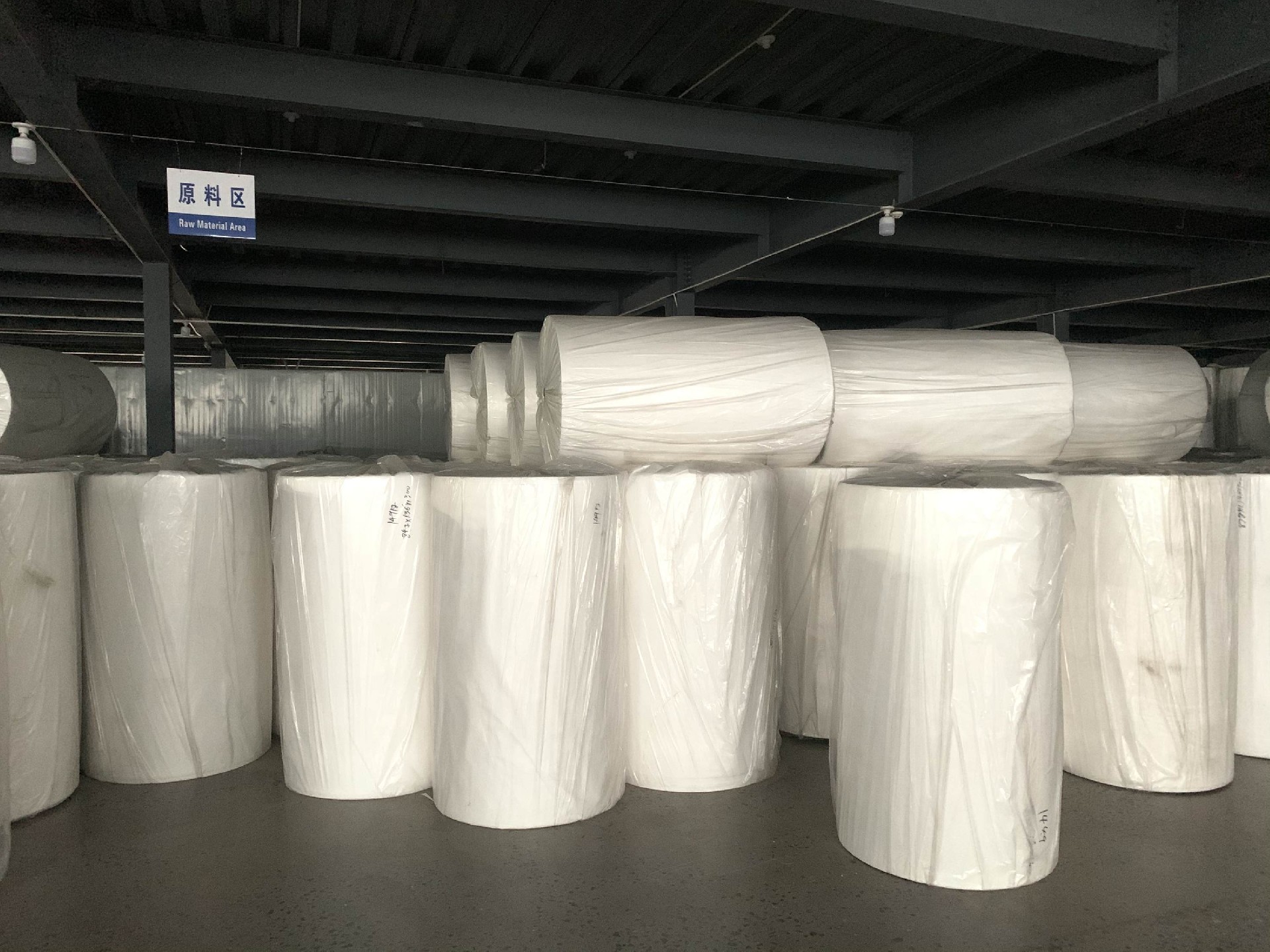The new crown epidemic has triggered a huge demand for masks and promoted investment in meltblown non-woven fabric production equipment. The German VDMA Textile Machinery Association recently held a webinar in which several member companies introduced some advanced production and quality control technologies in this field.
Highly consistent, suitable for production lines with multiple materials
Oerlikon's non-woven meltblown technology can be applied to efficiently produce non-woven fabrics for masks. More than 70 independent production lines have been installed around the world.
The company's meltblown nonwoven production line focuses on consistency, especially in fluid and air management, and is suitable for processing a variety of polymer materials, including PP, PET, PE, PA, PLA, PPS, etc.
The one-step process of the production line facilitates online production. Manufacturers no longer need to store semi-finished products and can fully control the entire value chain. In addition, it has lower operating expenses because it requires fewer operators, high production capacity but low energy consumption, and low scrap rate.
The fully automatic production line adopts high-end spinning design to control the air temperature around the spinning cooling zone at 7-40 °C and the pressure at 5-20 mbar. The output of PP spinning can reach 200 kg/h/m, and the output of PET/PBT spinning can reach 70 kg/h/m. The typical working speed is about 100 m/min, and the production speed can reach up to 200 m/min.

Oerlikon’s non-woven meltblown technology is one of the methods to produce high-efficiency filter media from plastic fibers
Oerlikon's meltblown non-woven fabric production line is also equipped with an integrated ecuTEC device that has passed CE and UL certification for online high-power corona charging. In this way, a higher charging density (up to 6 mA/m) can be achieved, and it can be applied to one or both sides of the meltblown mesh to be charged.
The products produced by the production line have good performance and low basis weight, which can meet the higher requirements in the market. It is understood that the payback period of equipment investment is about 3-4 years.
Basis weight and air permeability are key parameters for quality control
Mahlo, a leading supplier of online quality control systems, stated that the two key quality control parameters of masks are basis weight and air permeability. The basis weight can ensure that the mask reaches the appropriate level of protection, and the air permeability ensures that the mask is comfortable to wear, that is, it will not hinder breathing.
The company's Qualiscan QMS-12 scanner can measure basis weight by beta-ray transmission or X-ray. For β-ray sensors, the quality of the meltblown net will attenuate the radiation, and the basis weight can be calculated from the reduced radiation. The disadvantage of using this system is that it must meet the radiation safety requirements.
As for the X-ray sensor, if the system operates below 5 kV, there is no need for permits and radiation safety guarantees. However, since air cooling or water cooling is required for a long time, the cost will increase.
The Airporo APM sensor on the Qualiscan QMS-12 scanner measures various air permeability by inhaling air from the mesh surface with precise orifices, and maintains a test pressure of 200 Pa by controlling the differential pressure sensor of the variable-speed vacuum pump.
As the basis weight reaches extremely low tolerances, a large amount of material can be saved, so the equipment investment payback period of the Qualiscan QMS-12 scanner is less than one year.
Alternative processes other than traditional methods
Berlin-based Nanoval was founded in 1987. The company developed the Nanoval process to replace traditional melt blown technology.
The Nanoval process uses Laval nozzles to atomize more than 1,000 alloys into fine metal powders, which can be used to manufacture continuous filaments from 3 µm to sub-micron. In addition, through specific changes in nozzle geometry, filament distribution of 1-30 µm can be achieved in similar non-woven fabrics.
A Spinbeam production line of Nanoval has been successfully sold to China
The company has sold the first 1,600 mm Spinbeam production line to China, which is specifically designed for the production of bacterial filter materials. However, due to the impact of the new crown epidemic, the assembly and commissioning of the production line has been temporarily shelved.
So far, the Nanoval process has not been widely used in the market, and the company said it will gradually increase its market share.
<< previous
next >>